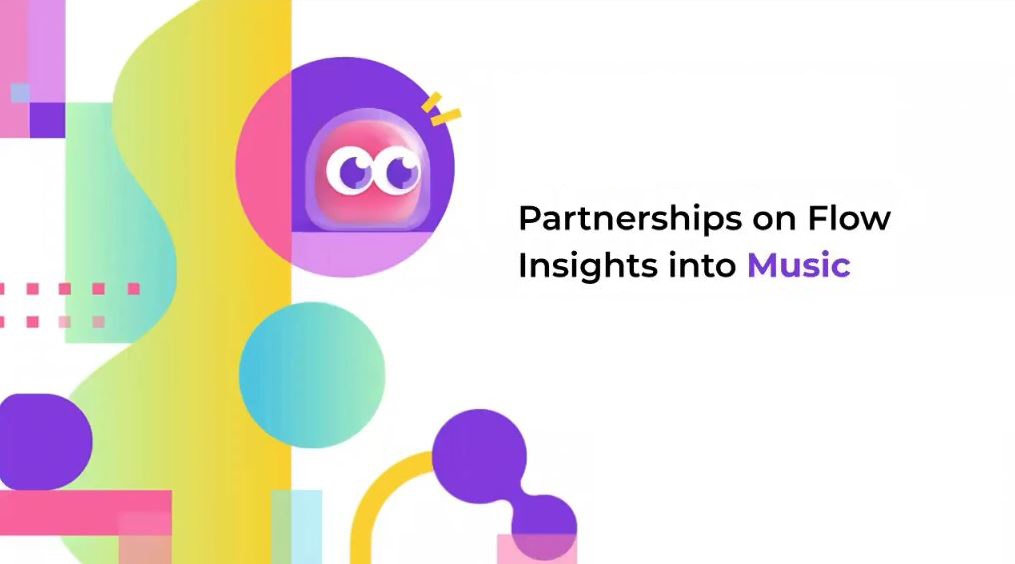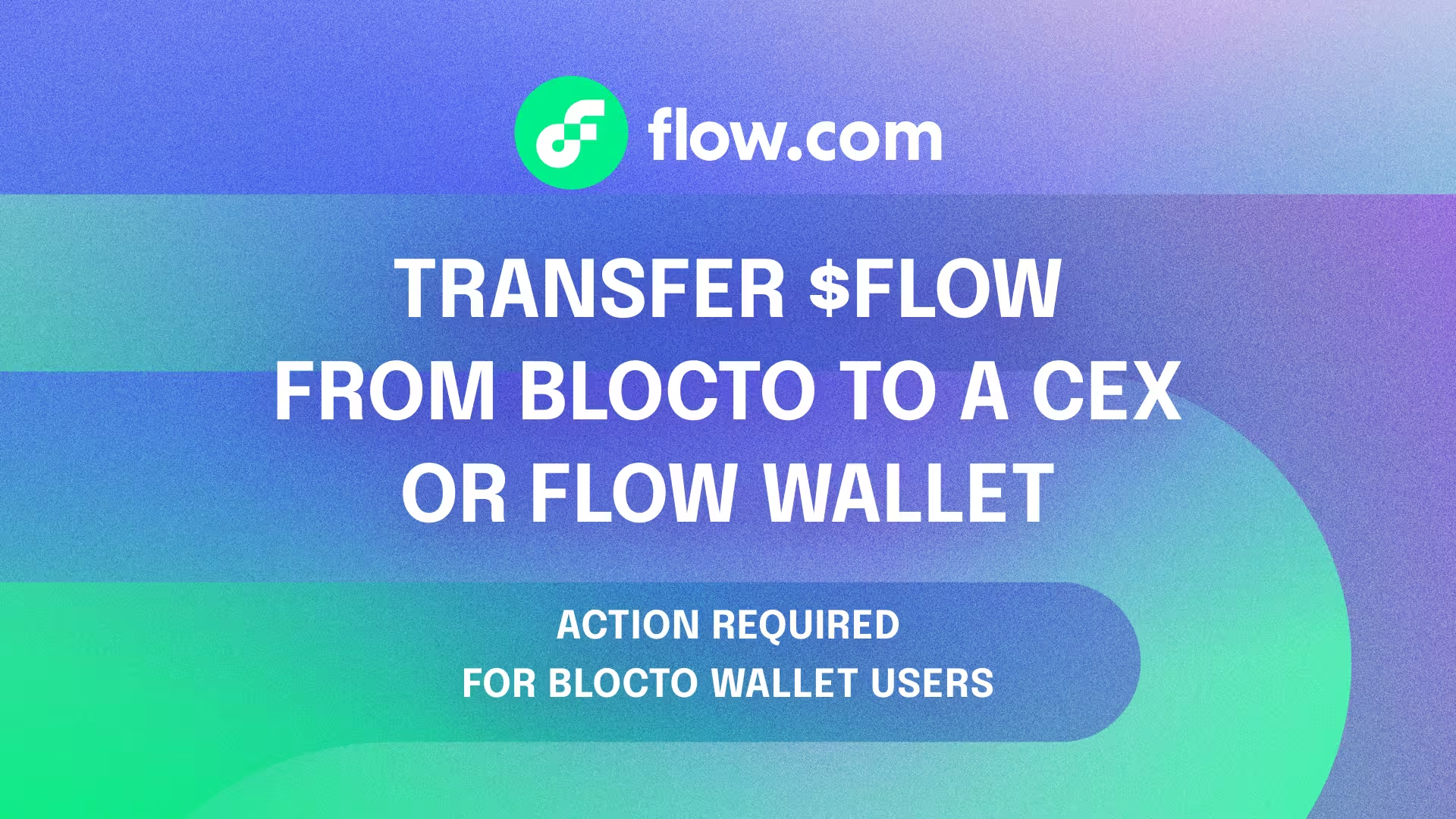
Caty Tedman, Dapper Labs Head of Partnerships, held an insightful presentation on what the music industry is thinking about regarding their future on Flow. What kind of experiences do artists and labels want to create with blockchain technology, how do different elements of music fit into what kind of NFTs can be created, and what should builders be thinking about as they consider opportunities in this space?
Learn about all of this and more by watching the full presentation, plus check out an abridged version of the presentation below.
What are music rights holders asking for?
Leaders across music are asking how and what they can build on Flow, looking for partners that can build great dApps to license their IP to. There’s a massive amount of inbound interest, and our team at Dapper Labs wants to support growth within the Flow ecosystem by connecting great brands to great teams.
.jpeg)
Almost all music rights holders want to do NFT drops, with an emphasis on longer-term engagements. Major inflection points like major festivals and tours, award show season and other high-attention points throughout an annual schedule in music are a focal point in these discussions. Leaders are thinking about blockchain technology as a potential new line of business for their artists.
They’re looking for partners that can generate great consumer value and create platforms that will attract artists. Better yet, recording artists widely believe there’s a huge opportunity to capture direct value and engage with fans through blockchain projects.
Elements of Music
The most difficult element of music-based NFTs is audio, with rights around audio already established, making it the path of most resistance to focus on. Video content has much more flexibility, with content around artists like B-roll concert footage and studio sessions as an example of moments that can be captured.
.jpeg)
Creative ideas incorporating visual art as the framework for value present some great opportunities as well, especially around tour or album art inspired assets. Original art is a complete greenfield; the major question being: How do you create art that’s inspired by musicians, and how do you include recording artists in the way you think about art?
What we’re saying
The number one thing we’re saying back to the music industry is to put an emphasis on creating long-term value of assets. Doing a bad NFT drop that doesn’t retain value hurts fans, which in turn can be very harmful to brands. You protect your brand identity by protecting your fans.
Engagement loops are key in what brings users back, providing a reason to engage with the platform every day. Little daily events add up into a product that people come back to as part of their daily routine. Ask yourself while you’re building: Would I come back to this tomorrow?
.jpeg)
We’re also asking recording artists and labels to think about their content strategy over the span of a few months. Think about it not as an individual drop, but a series of engagements to keep fans interested over a period of time. This forces builders and brands to think critically about how they will create continuous value, the outcome, and what a long-term picture looks like. It’s important to think about what that value means to fans three-to-six months down the road.
NFTs also can stand on their own, not just as a value add to access to something in the real world. The NFT should be valuable on its own, because building these platforms is not easy, and it’s definitely not the easiest way to create that type of real world access-based experience. People should love their NFT independently, not because they received it to gain access to a piece of exclusive merch.
What needs to be built
Storefronts that are deeply considerate of music and what music fans love are at the top of the list of things that must be built. Teams have to create the place where music fans want to gather and participate in drops around the artists they love. NBA Top Shot is an example of a storefront built for basketball fans, a multi-faceted platform filled with interesting content for users beyond drops.
Think about these storefronts as the place music fans are going to be engaged, and think about what those engagement loops look like to make it a great user experience. In music there’s also a huge opportunity for artist discovery.
.jpeg)
Finding an artist through an NFT platform can lead fans to checking out their music. Think about creating an innovative discovery service that isn’t built around one artist dropping an NFT, but a way to learn about new music and be immersed in the culture of recording and visual arts.
Business models
There are three well-defined business models that can work in this space, though they aren’t the only ways to create sustainable revenue as a development team. A platform model that charges brands and artists for access, or takes royalties or fees for minting and drops, is one way to think about this. You can either scale with the size of the brands that use your platform, or horizontally across many different brands in order to keep your fee structure low.
.jpeg)
You could also consider an agency model that relies on creating drops for brands end-to-end, which can be a flat fee, or fees and royalties for minting and drops. Lastly, License models are riskier for builders, paying upfront for the right to license an IP. This typically allows builders to take on more revenue since more risk is being taken on.
The upside of a licensing model is if a team wants to build something specific for a single artist, or something that might be a larger game experience, it creates a path to go deeper with a single partner instead of shallow across multiple.
There are huge opportunities engaging with artist and labels in the music industry, and connecting them with their fans with thoughtful blockchain projects. Focusing on long-term value, engagement loops and protecting users is key in unlocking the full potential of teams building on Flow.
Want to learn more? Make sure you check out the full replay of Caty's presentation.


















